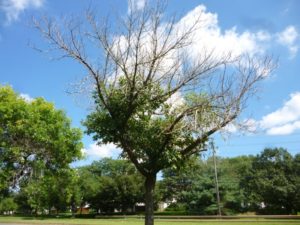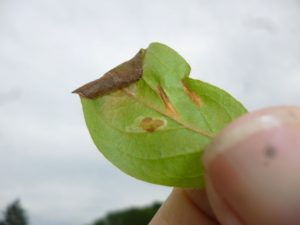Diplodia Tip Blight (Diplodia pinea) is a fungus disease in the landscape commonly observed on Austrian pines (Pinus nigra), but can also be found infecting mugo, red, black, & Scots pines. This blog will emphasize with photos the infections seen on Austrian pines.
The symptoms of Diplodia Tip Blight are stunted or dead shoots. With extensive infections, almost every branch & twig can be affected as the disease spreads over the years. The lower branches of the Austrian pines are usually infected first. For numerous years, the upper canopy will initially show few symptoms. The fungus kills developing needles in the spring, resulting in dead candles that are deformed & much shorter than the growth found on healthy twigs.
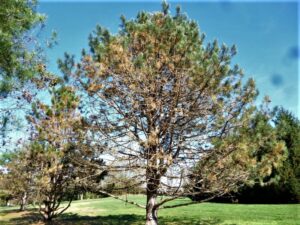
Austrian pine with obvious symptoms from Diplodia Tip Blight infections. (Photo Credit: Steven K. Rettke, Rutgers Coop. Ext.)

Stunted or dead newly emerged twig shoots on Austrian pine branch. (Photo Credit: Steven K. Rettke, Rutgers Coop. Ext.)
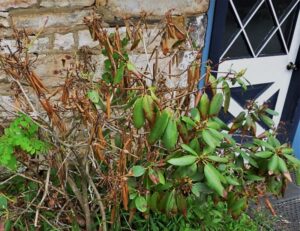
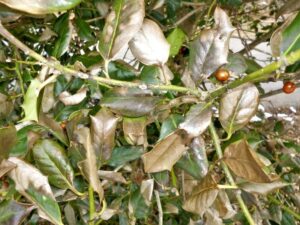


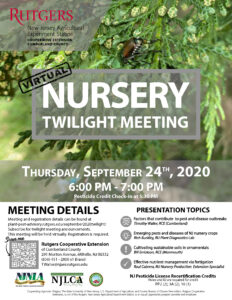 Thursday, September 24th, 2020
Thursday, September 24th, 2020